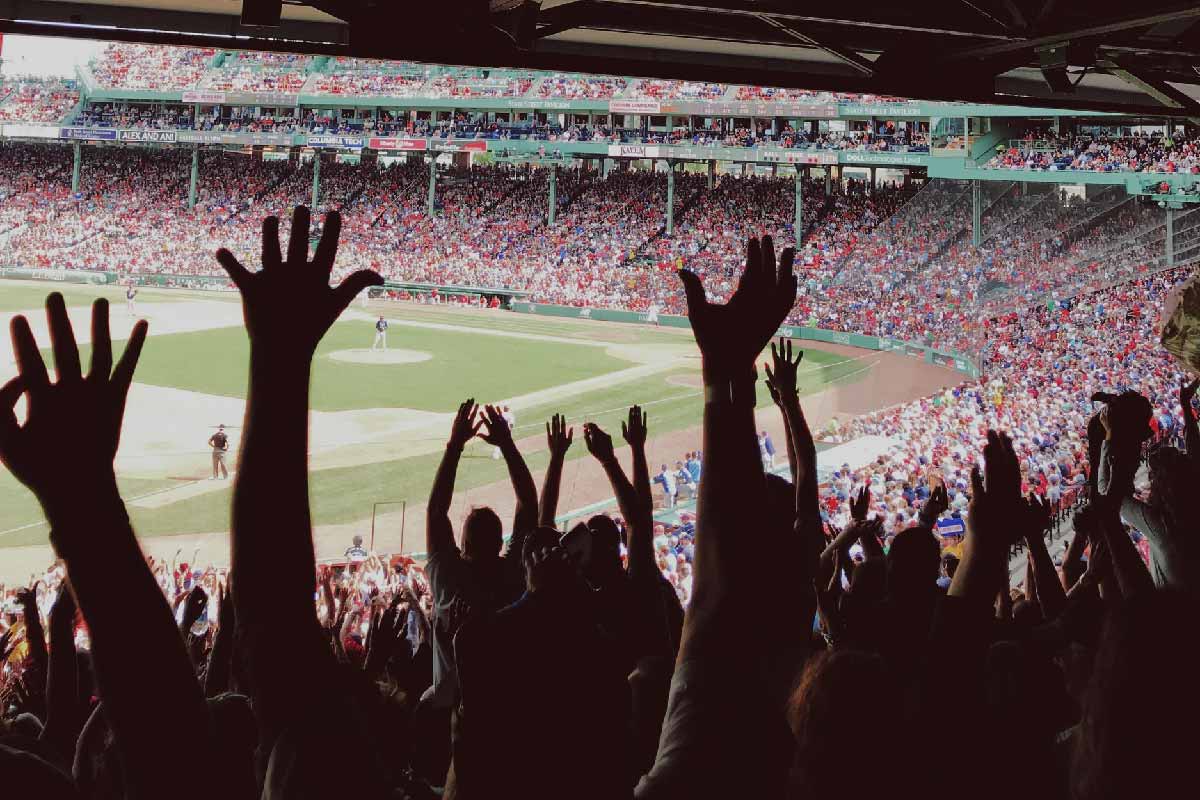Whether you attended a baseball game this summer or are watching the World Series this week, you may have noticed something different in ballparks—extended netting along the baselines. Stories of fans seriously injured by broken bats or foul balls have made headlines, prompting teams to take extra precautions. But is there actually any legal recourse for a fan injured by a flying bat or foul ball?
The law’s “Baseball Rule” dates back to 1908, and it flows from the “Assumption of Risk Doctrine.” Under that doctrine, fans who wish to sit in an unprotected area of the park assume the open and obvious risk that a ball may enter the stands.
The Baseball Rule protects stadium owners from lawsuits, but it also establishes a minimum standard that owners must meet to merit that protection. As a result, every stadium has netting behind home plate, which is the most dangerous location. Once a protected area is established, fans have the option to sit safely behind the netting or to sit elsewhere, unprotected. If they choose the unprotected areas, the courts view them as assuming the risks of injury from a stray ball or bat.
Know the Risks When You Choose Your Stadium Seat
Some states have shifted away from the Baseball Rule, but the litigation outcomes have not changed. For example, in Massachusetts the Assumption of Risk Doctrine was abolished in 1974, so fans cannot be deemed to have assumed the risk of being hit by a foul ball when choosing to sit in an unprotected area. That principle did not help the Plaintiff in Costa v. Boston Red Sox Baseball Club, 61 Mass. App. Ct. 299 (2004), because the baseball club was found to have no duty to warn the Plaintiff about the dangers of balls flying into the stands.
The Appeals Court ruled that the potential for a foul ball to enter the stands and injure a spectator seated in an unscreened area is obvious, and that a person of ordinary intelligence would perceive the risk and need no warning. The Court went on to explain that “even someone of limited personal experience with the sport of baseball reasonably may be assumed to know that a central feature of the game is that batters will forcefully hit balls that may go astray from their intended direction.” The Appeals Court also noted that the back of the Plaintiff’s ticket—as well as signage throughout the stadium—stated, in accordance with standard practice, that “Balls or Bats may leave the field of play.”
More MLB Teams Have Extended Protective Netting to Reduce Fan Injuries
Major League Baseball (MLB) has attempted to reduce the rate of injury by extending the netting in stadiums. In 2015, MLB released a recommendation that teams extend their netting 70 feet down the foul lines. Not all teams followed that recommendation. Another serious injury occurred in 2017, after which every team expanded its protective netting.
According to NBC News, 13 teams have announced that they will be expanding the netting from home plate to the foul poles. These teams include the Atlanta Braves, Arizona Diamondbacks, Baltimore Orioles, Chicago White Sox, Houston Astros, Kansas City Royals, Los Angeles Dodgers, Milwaukee Brewers, Philadelphia Phillies, Pittsburgh Pirates, Texas Rangers, Toronto Blue Jays, and the Washington Nationals. While the other 17 teams have not yet committed to netting extending to the foul poles, some have already extended netting beyond MLB’s recommendation. The Boston Red Sox, for example, extended the netting at Fenway Park past the dugout and into the outfield portion of foul territory, beyond third and first base.
I’ve focused on the Major Leagues, but the same rules apply at nearly all levels of baseball. Similar rules have been enforced for other sports, as well. Nonetheless, the burden of risk remains with the fans. So next time you go to a baseball game, choose your seat carefully and remember the phrase uttered by so many baseball coaches throughout the years: Keep your eye on the ball!

